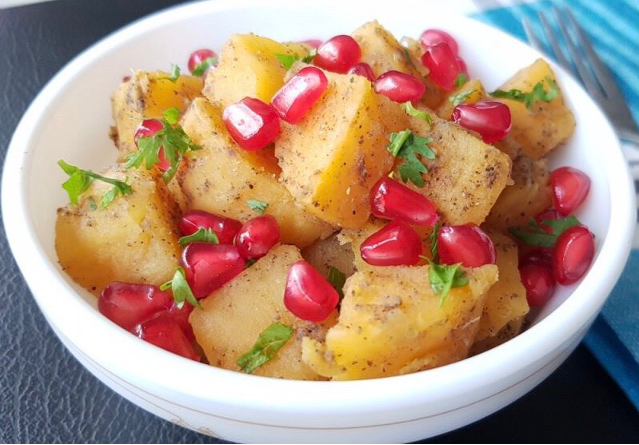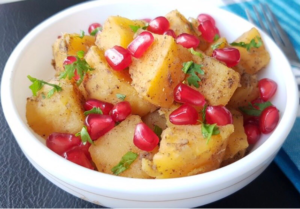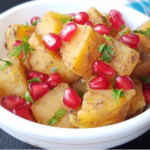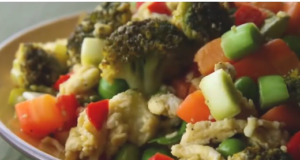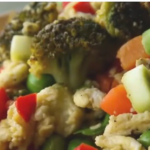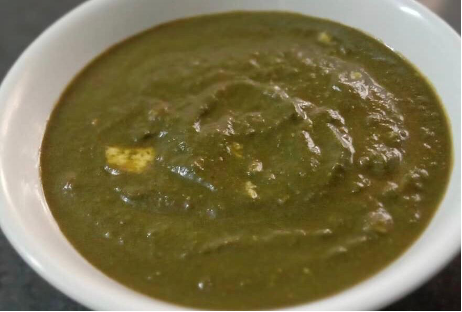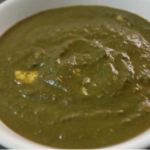With over 67 million of the population of India alone being diagnosed with diabetes and around 66% Indian children having abnormal blood sugar levels, does Diabetes mellitus or Madhumeham, as called in India, like the common cold, now need to be christened the common diabetes? As far as this country is concerned, it is fast becoming the next big epidemic of our times.
Let’s take a look at how the disorder takes place: In normal functioning of the body, sugar taken in gets digested and broken down into its simpler form, glucose, which is carried by the blood to the cells where they get used up as fuel for energy. Insulin, a hormone produced by the pancreas, helps move the glucose into cells. A healthy pancreas adjusts the amount of insulin based on the level of glucose. When there is a break in this chain of process, it could result in any of the two types of diabetes:
Type 1: Where the body is completely unable to produce insulin
Type 2: Where the body produces insulin but the cells don’t respond to it
In both cases, the glucose can’t enter the cells, thereby increasing the level of sugar in the blood.
Symptoms of diabetes:
Out of all, the three big symptoms are the 3Ps:
Polydipsia: A state of unusually excessive thirst and a constant feeling of dryness in the mouth and throat.
Polyphagia: It is the medical term used to describe excessive hunger or increased appetite that is beyond response to strenuous physical activity.
Polyuria: A condition where the body urinates more than 3 liters a day, as compared to the normal one to two liters in adults.
However, the above symptoms are not always possible to detect, especially in Type 2 diabetes where symptoms appear gradually over a period of years. The other symptoms to take note of are:
Blurred vision: Blurred vision can affect one eye (unilateral blurred vision) or both (bilateral blurred vision) eyes, and can occur often or rarely, but most importantly, can lead to a more serious eye problem.
Slow healing of wounds: High blood sugar levels lower the immunity of the body which results in cuts and wounds taking unnaturally long to heal.
Unexplained weight loss: Barring the couple of kilos here and there that increase or decrease, body weight in adults is supposed to stay stable. Which is why any drastic weight loss (i.e. over 5% of your body weight) that is unintentional, should trigger alarms of an underlying ailment.
Fatigue or extreme tiredness: The type of weariness that doesn’t wear off even after adequate hours of rest.
Genital itchiness: Unless caused by skin irritations or allergen, in which case they reduce quickly, genital itchiness can be a sign of a more serious ailment like diabetes.
There are also some symptoms that are gender specific, for example:
In men
- Reduced strength from loss of muscle mass
- Thrush around the genitals
- Itching of or around the penis
- Erectile dysfunction
In women
- Thrush and yeast infections
- Itching around the vagina
- Female sexual dysfunction
Before diabetes hits:
There are two stages where if detected, diabetes can be brought to control more easily:
Pre-diabetes: It means that the cells in your body are becoming resistant to insulin or your pancreas is not producing as much insulin as required. Your blood glucose levels are higher than normal, but not high enough to be called diabetes. It is a warning of a future development of diabetes but is also your chance of preventing development of Type 2 diabetes through proper diet and exercise.
Gestational diabetes: A form of diabetes that occurs during pregnancy, has the same symptoms as for other forms of diabetes. Sometimes the symptoms may not be noticeable, which is why women are tested for gestational diabetes between weeks 24 and 28 of their pregnancy. Gestational diabetes develops in about 3 to 5% of all pregnancies. It usually appears during the second trimester and disappears after the birth of the baby. If not controlled, complications can affect both the mother and the baby. GD also increases the risk of developing it again during future pregnancies and that of of Type 2 diabetes later in life.
Preventive measures against diabetes:
Reduce the intake of refined carbs like refined flour, white sugar, etc. and include more complex carbs like whole grains in your diet that take longer to digest, releasing slow but continuous energy for a long duration.
Get enough physical exercise in a day, either in the form of walking or running for a short while or playing a sport or a recreational activity involving physical movement. Just don’t sit stagnant for hours!
Get quality rest. Sleep for a good 6-8 hours and make sure it is deep sleep.
Keep stress out of your life. When in stress, the body releases a stress hormone called ‘cortisol’, which is antagonistic to insulin activity. The stress hormones make your blood sugar go up.
Have meals on time. Sure, work and business makes us put timely meals on a backseat, but at least starting the day with a hearty breakfast and ending it with a light, early dinner ensures that most of the damage has been controlled.
However, once diagnosed with diabetes, professional scrutiny and medication should be sought immediately to keep a check on further development.

 Cook Time: 15 Minutes
Cook Time: 15 Minutes Total Time: 15 Minutes
Total Time: 15 Minutes Yield: 350 grams
Yield: 350 grams

